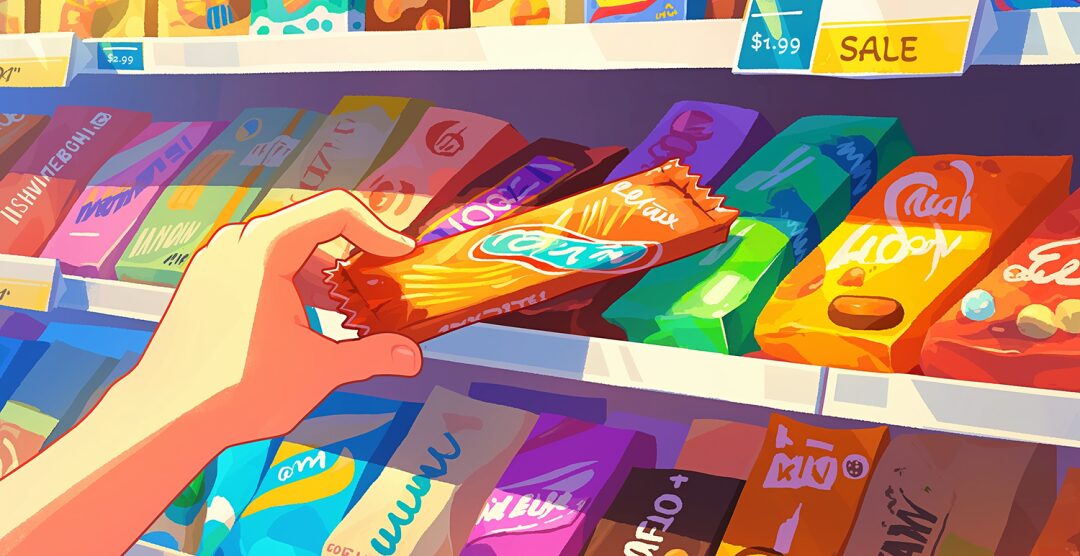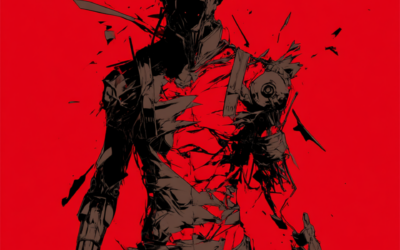There’s a sneaky little devil creeping out there that makes you believe you really need that third USB-C cable or the beef and cheese combo pack staring at you from the gas station counter. We’ve all been there. But what’s the secret sauce to it? And more importantly, how can marketers get in on this action?
Impulse buying happens when consumers make unplanned purchases, often driven by emotions and the immediate thrill of snagging something new. Ninja-style psychology stands behind it all, including:
- Scarcity and Urgency: Those “limited-time offers” and “only a few left!” messages create a mini panic, making us act fast before someone else steals our would-be treasure.
- Social Proof: Seeing others rave about a product can push us to join the bandwagon. After all, if 10,000 people love it, it must be good, right? That’s how I lost $250 on “The Coolest” advanced cooler on Kickstarter. We can rant later about that one.
- Visual Appeal: Shiny displays, catchy packaging, and strategically placed items grab our attention and don’t let go. And they’re always begging to be picked up right at check-out.
How We Lowly Marketers Can Game This System
Now, while this sounds nefarious, we don’t want to be poor right? Just think of this as you leveraging science to profit off your wares. Here’s how you can exploit—uh, I mean, encourage—impulse buying.
Create a Sense of Urgency
Flash sales, countdown timers, and phrases like “Sale ends tonight!” can kick consumers into action faster than you can say “limited edition.” You’ll often see tactics like digital ads and email campaigns leverage urgency to their advantage.
Leverage Social Proof
Display glowing testimonials, user-generated content, and reviews prominently. If everyone else loves it, they will too. One way social proof has been gamed is to take down products that are rated poorly, then re-publish them with no ratings. Then review-bomb them with good reviews. Should you do this? NO. Is this what happens on Amazon.com daily? Absolutely. Keep your eyes out.
Optimize Visual Appeal
Invest in eye-catching visuals for your products, both online and in-store. Professional photos, engaging videos, and well-designed packaging can make even a potato peeler look irresistible. The idea is to sell the potential customer on the future version of themselves, where every potato product is within their reach, from french fries to gnocchi. And of course potato skins, they’re the goat.
Offer Convenience
Make buying as easy as possible with one-click purchasing, quick checkout, and personalized recommendations. The simpler the process, the more likely they are to buy on impulse. Bespoke Post does this well when you’re reviewing your monthly box, as they’ll recommend related add-on items to really complete the experience.
Strategic Placement
Place impulse-buy items near checkout areas or within easy reach online. Walmart and Target have mastered this art with their end caps and checkout line temptations. At least once a week I find myself reaching for Orbit gum and a Coke Zero..
Common Places for Impulse Buying
Impulse buys are lurking everywhere, ready to pounce. Some are obvious, others catch you off-guard. Here are the ones that I notice most frequently.
- Grocery store checkout lines. The classic. Stores like 7-Eleven place snacks, magazines, and gum right by the register. By the time you’re checking out, you’ve already decided on your main purchases, and these little items seem like a harmless addition. Personally, I can never resist grabbing a Big Bite hot dog and smothering it with nacho cheese—it’s practically a ritual.
- Online shopping cart suggestions. Many e-commerce sites use algorithms to suggest additional items based on what’s in your cart or what other customers bought. Amazon, for example, uses “Customers who bought this also bought…” or “You might also like…” to trigger last-minute add-ons.
- Limited-time offer pop-ups. When you’re browsing online and a pop-up announces a flash sale or a discount that’s only available for a short period, it creates a sense of urgency that can lead to impulse purchases. Fast food chains like McDonald’s capitalize on this with limited-time menu items and promotions. Case in point: the McRib. Just when you think it’s gone for good, it makes a triumphant, unexpected return to snag your dollars once again. Nobody is seeking out the McRib, but then moments later, you realize it still tastes exactly the same as the last time you bought it.
- Email marketing and push notifications. Retailers love sending you “exclusive” deals via email or app notifications. Dollar General is a pro at this, catching you at your weakest moments. I am not a coupon-clipper, but if I see energy drinks on sale, I’m going out of my way for them.
- Product placement in stores. End caps and special display stands are placed to catch your eye as you wander the aisles. Starbucks uses this tactic brilliantly with their seasonal goodies and branded merchandise near the register. I’m looking at you, pumpkin spice.
These tactics definitely work. Literally yesterday at the gas station, a big “50% off” sticker convinced me to buy a bag of organic beef jerky that was obviously going out of date. Did I think about my health once? Obviously not. The combination of the discount and the convenient placement made me grab it without thinking twice.
Another way I fall for these impulse buying tricks, I almost always impulse buy video games during online sales events like Steam sales or Nintendo eShop discounts, which can be proven by the 50+ games I’ve purchased… and never played….. Those flash sales and limited-time offers are like catnip for gamers.
Impulse buying is a powerful force, driven by psychological triggers and clever marketing tricks. By understanding the underlying science, marketers can tap into this behavior to drive sales and keep customers happy (and coming back for more). And as a consumer, you can be a little more thoughtful before picking up a lunchbox-sized bag of Flamin’ Hot Cheetos in the self-checkout.
Now excuse me, I need to not take my own advice and walk around Walmart over my lunch break. Wish me luck.



